|
This week’s blog post features an interview with Harley-Davidson Museum motorcycle restorer/conservator Bill Rodencal. Special thanks to HDM’s Tim McCormick for coordinating this interview. On the third floor of the Annex building at the Harley-Davidson Museum in Milwaukee’s Menomonee Valley, the balance of the company’s historic vehicle collection resides. This collection was begun during the earliest days of the Motor Company’s humble beginnings, and at least one bike from each model year of production has been saved. Visitors are allowed to take the elevator from the second floor of the Annex building to the third-floor viewing area and see where the collection is housed. The Archives three-tiered motorized racking system houses over 300 motorcycles on their own individual pallets. Photograph courtesy of Harley-Davidson Museum. All rights reserved. What is this? Welcome to the Motorcycle Storage and Conservation area. This area houses the balance of the company’s historic motorcycle collection. Over 300 motorcycles are stored on individual pallets with open spaces for future growth. These bikes are equally important as the bikes in the museum, we just don’t have room to display them all. The palleted bikes are stored on a moveable racking system developed by a local Wisconsin company. The lower spaces contain machines that are the tallest in height many with windshields, and the upper racks are for shorter bikes due to interference with lighting and sprinkler pipes. The reason for this is to maximize the entire space to store the most possible bikes within the space. The motorcycles can be retrieved by a small forklift that resides in the storage area. A selection of vintage engines stored in the powertrain storage racking. Photograph courtesy of Harley-Davidson Museum. All rights reserved. What is it composed of? The bulk of the machines in this room consist of examples the company has and continues to save from the assembly line since having never been started or run on the road. Others may include styling mockups and prototype vehicles or those added from outside sources including historic race machines, celebrity bikes, bikes used in Hollywood movies, or just motorcycles with important stories or historic motorcycle prowess. How is the area used? In the early days of the Motor Company, the founders believed it important to retain motorcycles to document company history. This is a process that continues to this day. This is a working collection and we frequently collaborate with other internal Harley-Davidson departments and use these bikes for such things as part fitments of service parts on older models, members of the Styling Department use them for ques on future products, or as examples to be copied for licensed product such as die-cast models. The workspace also doubles as an area to prep for upcoming exhibits and outgoing loans. In this area we also prepare, photograph and conserve new vehicles that are added to the collection and well as our powertrain collection of over 160 historic engines and transmission examples. A large motorized turntable with a neutral backdrop serves as a photo studio for creating vehicle photography used in label copy as well as for insurance purposes. A large motorized turntable is used to photograph motorcycles from 10 angles for both insurance purposes and to be used for various company initiatives. Two prototype three-wheeled vehicle serve as the “model” in this photo. Photograph courtesy of Harley-Davidson Museum. All rights reserved. Philosophy of Conservation? As a rule, we practice conservation/preservation. Our goal is to keep the artifacts in a stable condition as close the state we received it in (original or as used by someone) for as long as possible. Artifacts and their condition tell us stories. If you alter an artifact, you’re changing its story. As historians and caretakers, we don’t want to do that. Motorcycles are disassembled and painstakingly cleaned and reassembled without repainting or replating. Occasionally, the Archives Dept. consults with outside conservation experts regarding artifacts that need preservation treatment. The only time the Archives would consider restoring a motorcycle is if that bike were to come into the collection from the outside and had been improperly restored by a previous owner. A 1924 model JD undergoing cleaning and stabilization in the Archives Motorcycle Conservation area. Photograph courtesy of Harley-Davidson Museum. All rights reserved. A 1924 model JD undergoing cleaning and stabilization in the Archives Motorcycle Conservation area. Photograph courtesy of Harley-Davidson Museum. All rights reserved. Motorcycle Conservation. Unlike artifacts made of a single composition, motorcycles are unique that they may contain many different types of materials such as aluminum, steel, leather, cloth or plastic covered wiring or paper gaskets. Many of these require specific conservation techniques and thrive better in different environments. Iron is more stable in very dry air while leather prefers a slightly more humid space. Therefore, a happy medium must be achieved to provide the most optimum long-term storage situation. Tires are filled with compressed nitrogen to reduce the moisture content inside the tire or tube and being eight times denser than compressed air it will stay inflated for longer periods of time. Materials used have also changed over time. Early vehicles were finished with clear or yellow copal varnish like that used by violin makers over the top of the enamel base color. Today modern clear coat paints are used to protect the base finish. All of this must be taken into careful consideration prior to undergoing a successful conservation.
~Bill Rodencal, motorcycle restorer/conservator at Harley Davidson Museum Visit the Harley-Davidson Museum website to read stories from the archives, to learn more about the permanent and special exhibitions, and to see a listing of upcoming events. #HarleyDavidsonMuseum #VisitMKE #VintageMotorcycles #HarleyDavidson #SafeStorage #PreserveYourCollection Comments are closed.
|

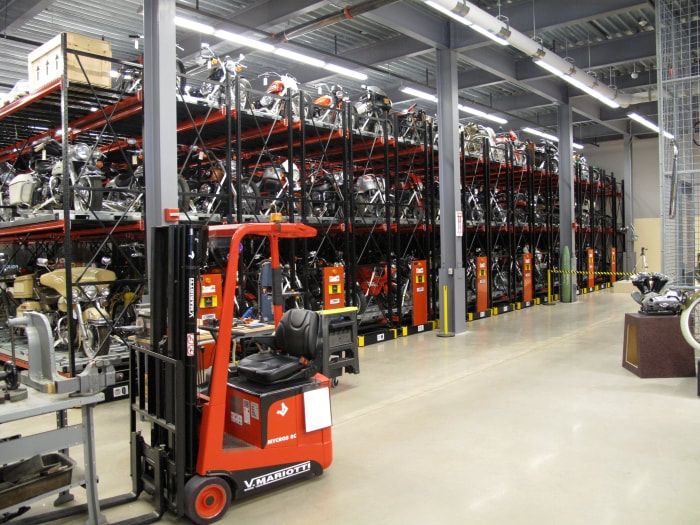
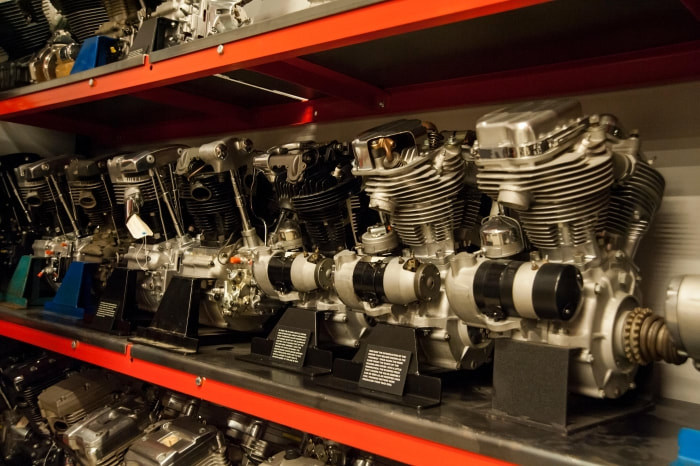
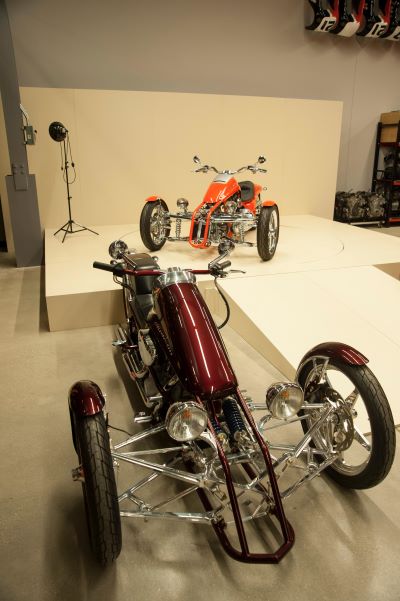
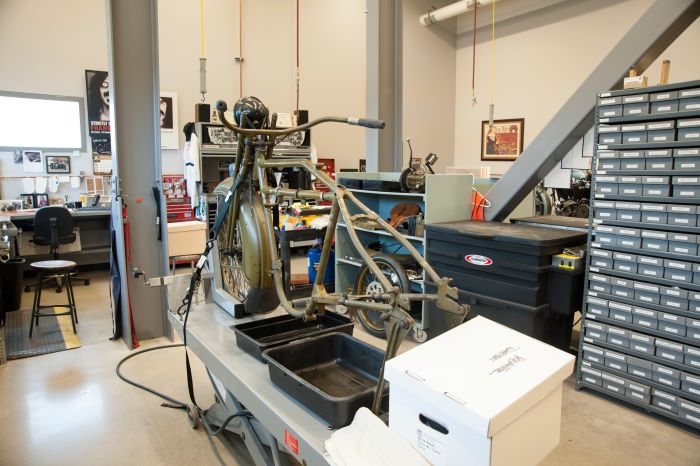
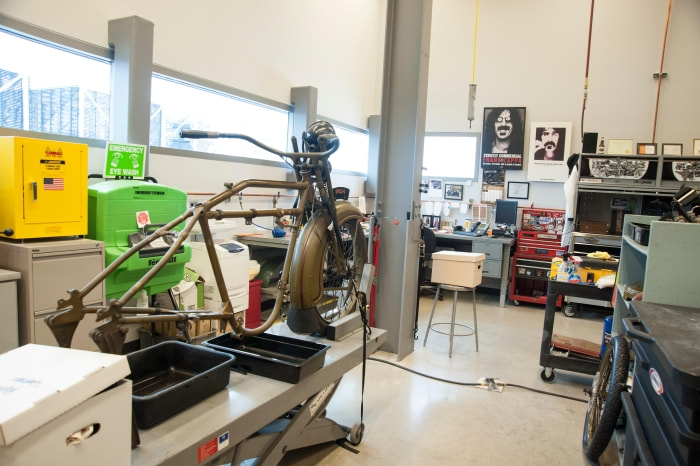
 RSS Feed
RSS Feed





